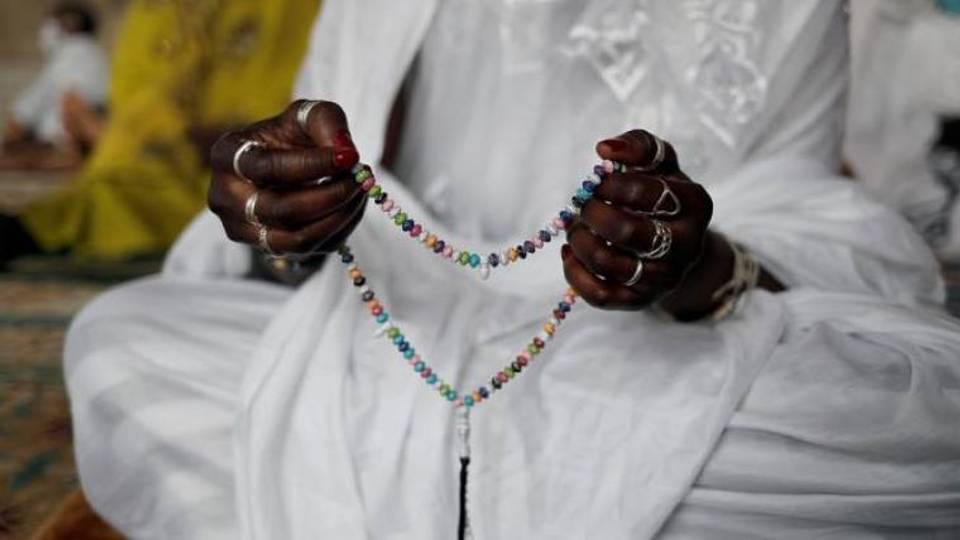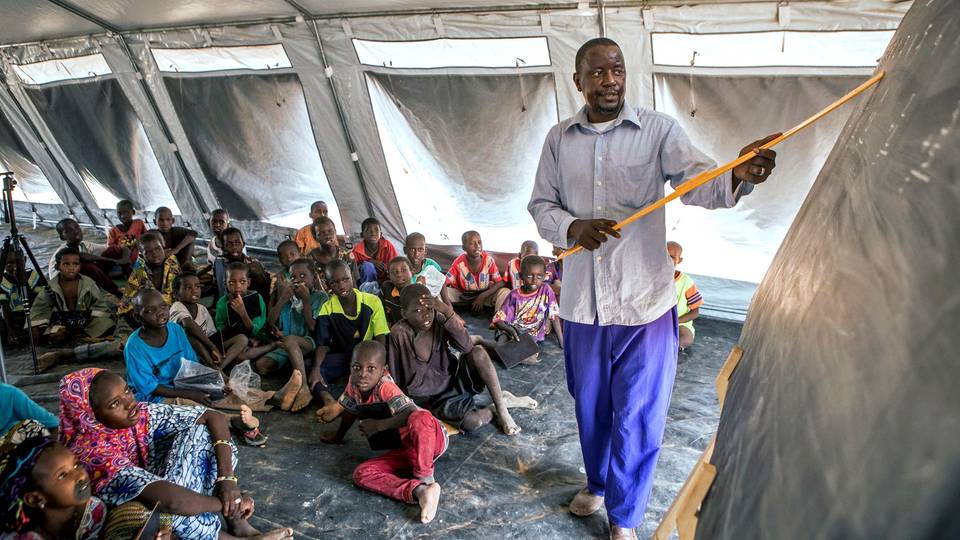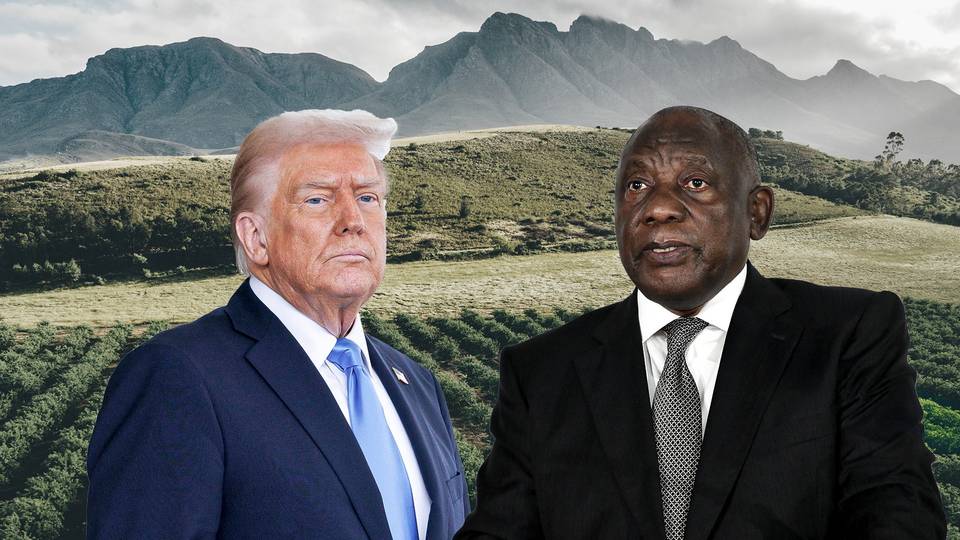Sport
Dollar
38,2552
0.34 %Euro
43,8333
0.15 %Gram Gold
4.076,2000
0.31 %Quarter Gold
6.772,5700
0.78 %Silver
39,9100
0.36 %From art exhibitions to viral song campaigns to filmmaking initiatives, Sudan's youth are finding novel ways to spread messages of hope and dignity during a difficult time.

By Fatma Naib
The world is not moving fast enough to help Sudan or its children. In an effort to raise awareness about the country's plight, Fatma Naib has penned a four-part series on her experiences with Sudan and its people, as a journalist, a former UN employee and a friend. In this fourth and part, she writes about Sudan's great hope - its young people and their creative talent.
I want to dedicate my last letter to Sudan to the country's youth and all the young creative people I worked with, including my team. The youth of Sudan are the pulse of the country and the ones who reflect its mood and direction across all 18 states.
I witnessed the journey they went on from the onset of the revolution that toppled Omar al Bashir's 30-year-old rule in 2019.

It was a turbulent time full of uncertainty, but it was also a time where a creativity revolution was unleashed. People were using art as a peaceful means to express themselves and tell their stories. Many of these were stories of peace, love, justice, solidarity and accountability, yearning for madaneya or madaneyao, civilian-led rule.
The massacre and its aftermath
All of those dreams were shattered on June 3, 2019. People marking the end of the Muslim holy month of Ramadan and preparing to celebrate Eid al Fitr were massacred outside the defence ministry's headquarters, after being told to disperse and end their sit-in.
No one was ever held accountable for the dozens of deaths, and all of my friends and colleagues were affected deeply by the massacre, directly and indirectly. This violence was followed by a period of mourning and trauma that I don't think anyone ever recovered from.
Slowly, life resumed some normalcy as a political and a transitional government was formed. There was a glimpse of hope, but it was short-lived due to the October 2021 military takeover. Yet, we carried on with our work and life.

‘The dream team’
Amid all of this, I worked with a team at UNICEF on creative projects to bring awareness and education to the public about children's issues.
After months of recruitment, I helped assemble a dream team of passionate Sudanese women and American media professional Aaliyah Madyun.
Each member brought unique skills and perspectives, shaping our strategies and enriching our work with children in Sudan. With Madyun and Mai El Shoush’s broadcast journalism background, Reem Abbas seasoned journalism experience, Iman Mustafa's digital expertise, and Hadeel Agab’s focus on youth engagement, we achieved remarkable results.
Working with this exceptional team challenged me to become a better leader and more compassionate human being. This era was marked by achievements, ups, downs, camaraderie and a shared passion for making a difference.
When the pandemic hit, the dream team slowly began to disband, until it was just myself and Reem Abbas standing, before I finally left in 2022, and Abbas in 2023.
Children’s Filmmaking Initiative
During my time in Sudan I met and worked with many talented, driven and creative young people. One of the most memorable projects we worked on was the Children's Filmmaking Initiative, founded by filmmaker Mosab Hassouna.
His vision was to use filmmaking to support children and create a new generation of youth filmmakers, using storytelling as a form of healing and connecting.
The initiative aimed to empower children by teaching them how to tell their own stories through film screenings and workshops. We even created a film festival to showcase the children's hard work. The partnership was a huge success, and it helped to give a voice to children who often go marginalised and unheard in Sudan.
To gain insights into the creative industry ecosystem in Sudan, my team partnered with young media houses. This collaboration opened doors to various projects and forums, including those highlighted below.
Music, poetry, and songs are part of the Sudanese fabric. It's a language that speaks to the people's hearts and a rhythm that pulses through their veins. So, it was very natural for me to use music as a way to advocate to the mainstream when talking about rights, specifically children's rights.
Music and art to promote child rights
As part of a UNICEF Sudan campaign about children's rights, the song "Tamam'' was born, which means "okay" or "cool" in Arabic. In 2019, the team led by Idreesy Koum from El Mastaba worked with 14-year-old Nada Juneid, on a girl child empowerment letter to society. The song was played on the radio and did really well.
A second song was part of a back-to-school campaign and used "Hodana." We updated this classic, well-known Sudanese song by Abdel Muneim Abu Sam with new messaging while keeping the same melody and working with the original artist and UNICEF Sudan National Ambassador Maha Jaafar, a singer, actress and famous YouTuber.
This video was important because it marked the reopening of schools after a long period of closures due to the pandemic and the revolution, which affected children's education access.
Many university students were also severely affected. In 2018 when the revolution started, universities were closed for a long period of time, forcing students to postpone college for a year. When it was time to reopen, the COVID-19 pandemic hit, which resulted in new closures for two to three more years.
Those who could decided to leave to pursue higher education outside Sudan, while others had to cope with three years of delays before they were able to graduate or move up a year.
Back to school
For the Hodana video, we created a second version using sign language, and turned it into a TikTok challenge led by Jaafer.
The production was in response to criticism of a lack of representation of children with disabilities, especially from the deaf community. This TikTok trend did really well, helping those who watched it in and outside of Sudan learn sign language - including my daughter Noor.
Instrumental in the sign language video was Enas Yousif, a deaf youth advocate whose dream was to create a school where children and adults can learn sign language so they can adapt to her world.
She often spoke about how isolating it is for deaf children in Sudan due to lack of inclusion in the formal education setting.
“In Port Sudan, there is only one school for deaf. The school is far from the community and children need to take unsafe roads to reach, which results in dropping out of school," Yousif said in an interview with the Malala Foundation in 2021.
I have the right
In the year of 2019 the United Nations Convention on the Rights of the Child turned 30 years old. Subsequently, we kickstarted the "I have the right" campaign to highlight the treaty's main tenets.
We partnered with talented creative director and filmmaker Idreesy Koum. The campaign continued for a few years, highlighting the most pressing child protection issues in Sudan at the time, including gender-based violence, education, health, nutrition, conflict, climate, water and sanitation.
The videos came at a time when children were killed following peaceful protests outside their school. The video resonated with many because of its ending line, "I want to go to school and come back."
The projects I worked on with Koum were impactful, full of heart and very timely. He introduced me to so many amazing people from the creative industry. They worked with heart and it was reflected in the work that was produced.
Another team of young creatives that also had a deep impression and I had a long lasting partnership with was the team from Respect media, led by Ahmed Ibrahim.
‘FGM, it ends with her!’
One of the last projects I worked on before I left Sudan in 2022 was an art exhibition about Female Genital mutilation (FGM). FGM is a topic I've written about extensively as a journalist, including for the Peabody Award-winning film "The Cut." It's a topic I feel strongly about and had been working on with the child protection team during my tenure with the UN.
Despite being outlawed in July 2020, the harmful traditional practice still persists in Sudan. According to the latest data from 2022, there is a 86.6 percent prevalence rate of FGM, which is widely practised in all regions of Sudan.
To tackle this issue, we used arts as a means to communicate to partners and the wider community. I was introduced to Safa Kazzam, a creative director.
She had a beautiful eye for details and I enjoyed working with her and the team on various campaigns and projects. One of them is the FGM exhibition titled "FGM, it ends with her," in collaboration with Downtown Gallery in Khartoum, curated by founder Rahiem Shadad.
We worked with artists where we held a screening of my film "The Cut," followed by a question-and-answer session and an FGM-focused workshop held by the child protection team.
This resulted in the creation of different artwork inspired by the workshop and the film with the goal to create thought-provoking art that fights FGM in the community. The exhibition was open to the public, and I was inspired to see mothers and fathers attend with their children.
We even created a wall of stories where we recorded audio of actual testimonies of women who experienced FGM. People could put on headphones to listen to each testimonial.
Child soldiers
Working in a country during conflict, emergencies and military rule meant that I came across many sensitive topics, including meeting children caught up in armed conflict, also known as "child soldiers."
I remember a story my team was working on about a former child soldier who as an adult wanted to share his story. We thought the best way to tell his sadly common story is by turning it into an award-winning animation titled "My name is Younis, I am a child, not a soldier."
During conflict and war, children are at high risk of exploitation, abuse, and even sexual violence. Warring parties exploit these vulnerable children for a variety of tasks beyond combat. Since the war broke out in April 2023, the UN has expressed concern about the increased risk of recruitment and use of children by armed forces and armed groups in Sudan.
The time I spent in Sudan was turbulent and very challenging, but it was also very rewarding. I worked with a dedicated team, inspiring friends and young people.
All is lost, but not gone forever
By the time I left in 2022, most of my core team had already left Sudan and moved on to new roles before the war. Like all my Sudanese colleagues and friends, they lost everything – family homes, family members, and memories – and the opportunity to return home.
Similarly, all the creative teams that were with us through my time in Sudan lost everything. I witnessed how they worked hard and built their businesses and portfolios. Sometimes it was all lost in one day.
Some were trapped for days in their office because they were working late, and when the fighting erupted, no one was prepared, and it was too risky to leave. Many took the dangerous route out of the capital to other cities, leaving everything behind.
According to the UN, almost 11 million people are now displaced by conflicts in Sudan. Some nine million are displaced within Sudan, and 1.7 million have fled to neighbouring countries. Each number has a person behind it full of hopes and dreams.
My friends, colleagues and neighbours are among the people who were forced to leave: Idreesy, Ahmed, Mosab, Rahiem, Safa, Reem, Snoopy, Samah. The list is long, too long. They all had to restart from zero.
In my final letter I want to say thank you Sudan and I am sorry the world is failing you.
The lucky ones were able to seek refuge in neighbouring countries. Many could not, for various reasons. Some simply don’t want to leave their country and those who left want the war to end so they can return home.
Many of my friends have families that spent decades working hard in the diaspora to build a home in Sudan to retire in. Today, their homes are lost. Families shattered, dreams lost.
Sudan was also a safe haven for people from Ethiopia, Yemen, Syria and people from my country of origin, Eritrea. For those who could not go home for various reasons, Sudan became their home and safe haven. But this refuge is now gone.
Yet, there is still hope and I believe the Sudanese people will return, rebuild, and stay strong. Still, this is only possible if the war ends.
Forever grateful for the warmth, hospitality, and creative spirit I encountered among young Sudanese creatives. You left a lasting mark on my heart.
In my final letter I want to say thank you Sudan and I am sorry the world is failing you.
The author, Fatma Naib, is a Peabody Award-winning journalist who has worked for Al Jazeera English. She is also the former UNICEF Sudan chief of communications and is now based in Sweden.
Disclaimer: The views expressed by the author do not necessarily reflect the opinions, viewpoints and editorial policies of TRT Afrika.
➤Click here to follow our WhatsApp channel for more stories.
Comments
No comments Yet




















Comment